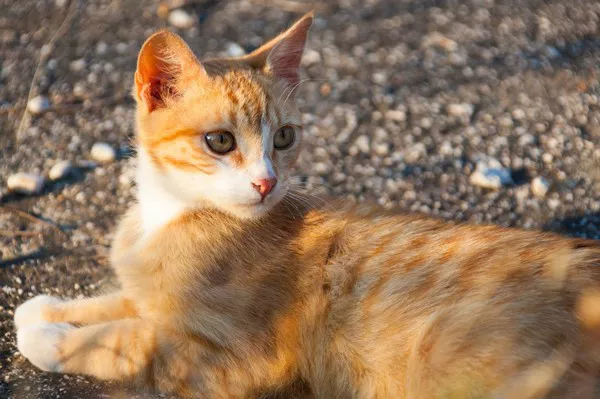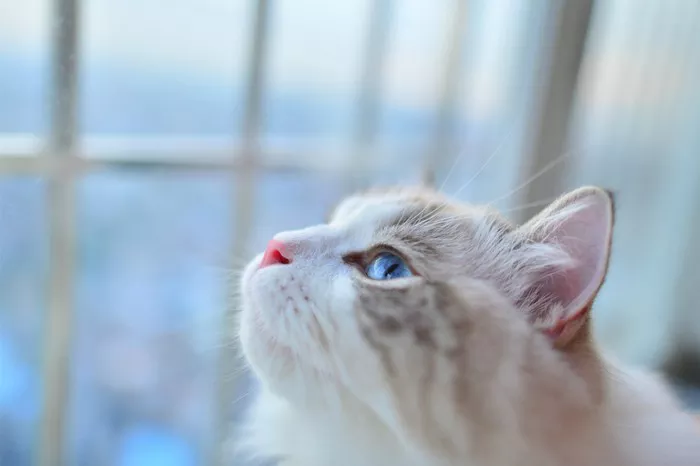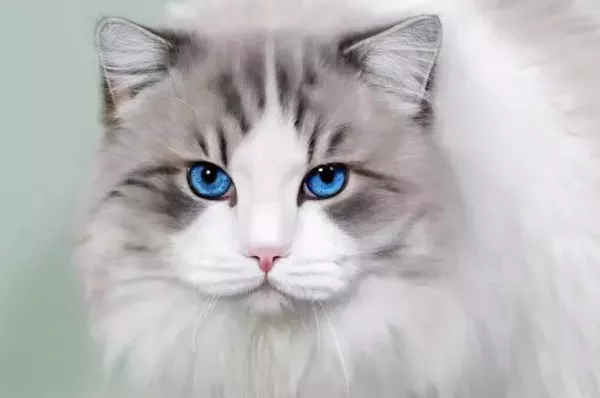The culinary preferences of our feline companions have long been a topic of curiosity among pet owners and researchers alike. While cats are known for their discerning palates and selective eating habits, the question of whether they can taste sweetness remains a subject of debate and investigation. In this comprehensive exploration, we delve into the intricacies of feline taste perception, examining the scientific evidence and evolutionary factors that shape their culinary preferences.
Understanding Feline Taste Perception: An Overview
Taste perception plays a vital role in guiding an animal’s dietary choices and feeding behavior. In humans, taste sensations are primarily mediated by taste buds located on the tongue, which detect five primary taste qualities: sweet, sour, salty, bitter, and umami. Each taste quality is associated with specific taste receptors that respond to distinct chemical compounds present in food.
In contrast to humans, cats possess a reduced number of taste buds, particularly those responsive to sweet tastes. While humans have approximately 9,000 taste buds distributed across the tongue, cats have far fewer, with an estimated 470 taste buds, making them less sensitive to subtle flavor nuances.
The Evolutionary Context: Carnivorous Adaptations and Dietary Preferences
To understand cats’ taste preferences, it is essential to consider their evolutionary history as obligate carnivores. Unlike omnivorous species like humans, cats have evolved specialized anatomical and physiological adaptations optimized for hunting and consuming meat-based diets.
Cats possess sharp, pointed teeth adapted for tearing flesh and slicing through tough connective tissue, reflecting their carnivorous dietary requirements. Their short digestive tracts and high-protein metabolic needs further underscore their evolutionary dependence on animal-derived nutrients, particularly protein and fat.
Given their carnivorous lifestyle, cats have developed a diminished ability to taste sweetness compared to omnivorous species. In the wild, sweet tastes are less relevant to cats’ survival and nutritional needs, as their primary dietary sources consist of animal prey rich in protein and fat. Consequently, cats may lack the physiological mechanisms necessary to detect and appreciate sweet flavors in the same way humans do.
The Role of Genetics: Sweet Taste Receptors and Genetic Variations
The ability to taste sweetness is mediated by specific taste receptors known as sweet taste receptors, which detect sugar molecules present in food. In humans, these receptors are encoded by genes such as TAS1R2 and TAS1R3, which form heterodimeric complexes responsible for detecting sweet tastes.
Studies investigating the genetics of sweet taste perception in cats have revealed intriguing insights into their taste receptor repertoire. Research conducted on domestic cats has identified genetic variations in the TAS1R2 gene, which codes for the sweet taste receptor subunit. These genetic differences may influence cats’ sensitivity to sweet tastes and their overall preference for certain foods.
However, the functional significance of these genetic variations in cats’ taste perception remains a subject of ongoing research and debate. While genetic studies provide valuable insights into the molecular basis of taste perception, other factors, such as dietary habits, environmental influences, and individual preferences, also contribute to cats’ food choices and taste preferences.
Behavioral Responses: Do Cats Show Preferences for Sweet Tastes?
Observational studies and behavioral experiments have sought to elucidate cats’ responses to sweet tastes and their preferences for sweet foods. While cats may exhibit curiosity or interest in novel food odors and flavors, their behavioral responses to sweet tastes are often more subdued compared to other taste qualities.
Research conducted on domestic cats has shown that while some individuals may show mild interest or acceptance of sweet-tasting substances, such as milk or certain fruits, their overall preference for sweet flavors is limited compared to other taste qualities. Cats’ dietary preferences are influenced by factors such as texture, aroma, temperature, and nutritional content, rather than solely relying on taste alone.
Furthermore, individual differences in taste preferences and dietary habits may contribute to variations in cats’ responses to sweet tastes. While some cats may display a preference for sweet foods, others may show indifference or aversion, highlighting the complex interplay between genetic factors, environmental influences, and individual variability.
Nutritional Considerations: Balancing Palatability and Dietary Needs
In the realm of pet nutrition, understanding cats’ taste preferences is essential for formulating balanced and palatable diets that meet their nutritional requirements. While cats’ innate preferences may vary, providing a diet that aligns with their evolutionary adaptations as obligate carnivores is paramount for promoting optimal health and well-being.
Commercial cat foods often incorporate flavor enhancers and palatants to enhance palatability and appeal to cats’ taste preferences. However, it is essential to strike a balance between palatability and nutritional adequacy, ensuring that cats receive essential nutrients while enjoying their meals.
Veterinary nutritionists recommend selecting high-quality cat foods formulated to meet the nutritional needs of cats at different life stages. These foods should provide complete and balanced nutrition, including essential amino acids, vitamins, minerals, and fatty acids, to support overall health and vitality.
Incorporating Variety and Enrichment: Enhancing the Feline Dining Experience
While cats may have a reduced sensitivity to sweet tastes, enriching their dining experience with a variety of flavors, textures, and food options can enhance their enjoyment and satisfaction. Pet owners can experiment with different types of cat food, including wet, dry, and raw diets, to provide variety and stimulation for their feline companions.
In addition to commercial cat foods, pet owners can offer occasional treats and snacks as part of a balanced diet, taking care to avoid excessive amounts of sugary or high-calorie foods. Homemade treats made from cat-safe ingredients, such as cooked meats or fish, can provide a special indulgence for cats while ensuring nutritional balance.
Environmental enrichment strategies, such as food puzzles, interactive feeding toys, and foraging activities, can also engage cats’ natural hunting instincts and encourage physical activity and mental stimulation. By incorporating enrichment into their daily routines, pet owners can promote overall health and well-being while fostering a deeper bond with their feline companions.
See Also: 10 Smartest Cat Breeds
Conclusion:
The question of whether cats can taste sweetness is a fascinating area of inquiry that continues to intrigue researchers and pet enthusiasts alike. While cats may have a diminished sensitivity to sweet tastes compared to humans, their dietary preferences and taste perceptions are shaped by a complex interplay of genetic, evolutionary, and environmental factors.
As obligate carnivores with specialized anatomical and physiological adaptations, cats have evolved to thrive on meat-based diets rich in protein and fat. While their taste preferences may differ from those of humans, cats exhibit a diverse range of dietary behaviors and responses, reflecting their unique evolutionary heritage and individual variability.
By understanding cats’ taste perception and dietary preferences, pet owners and nutrition experts can make informed decisions regarding feline nutrition and dietary management. Providing balanced and palatable diets that align with cats’ nutritional needs and natural instincts is essential for promoting optimal health and well-being throughout their lives.
As research in the field of feline nutrition and taste perception continues to advance, our understanding of cats’ culinary preferences and dietary behaviors will undoubtedly evolve. By embracing the complexities of feline taste perception and dietary ecology, we can enrich the lives of our feline companions and foster a deeper appreciation for the remarkable diversity of the animal kingdom.


























